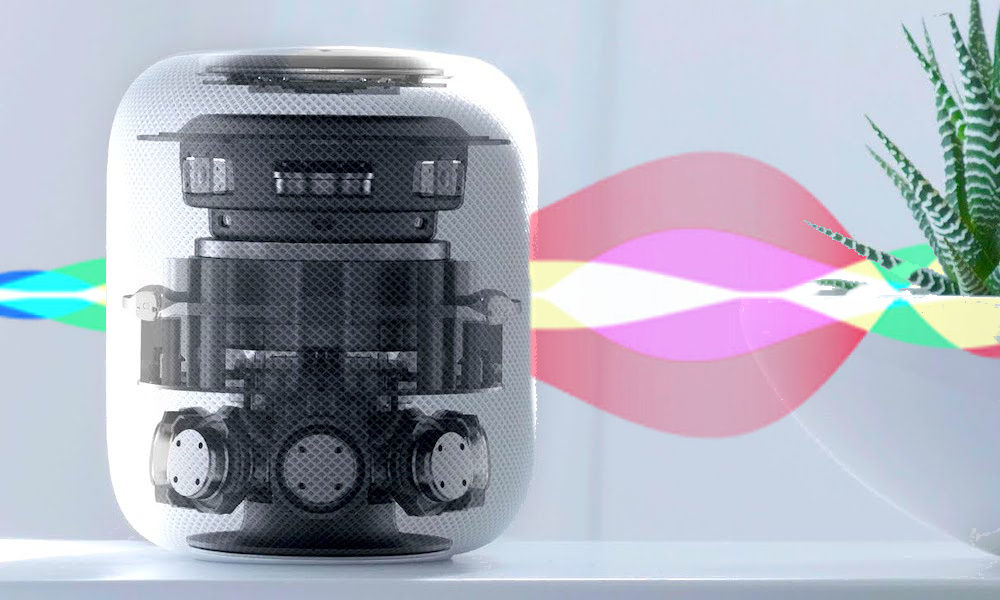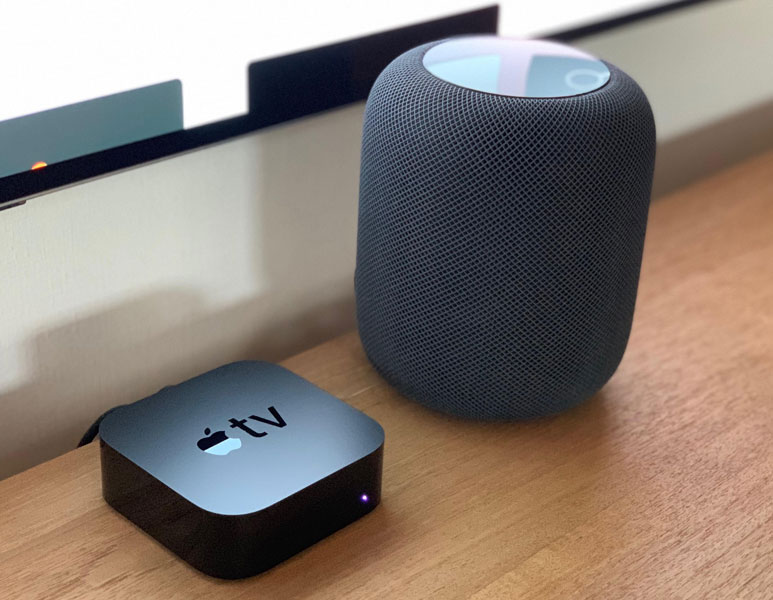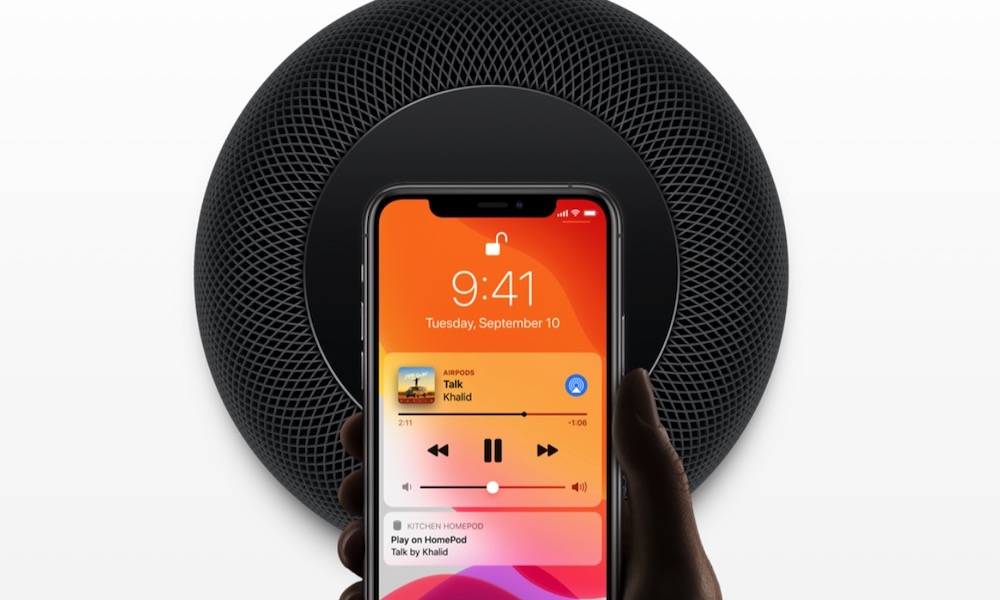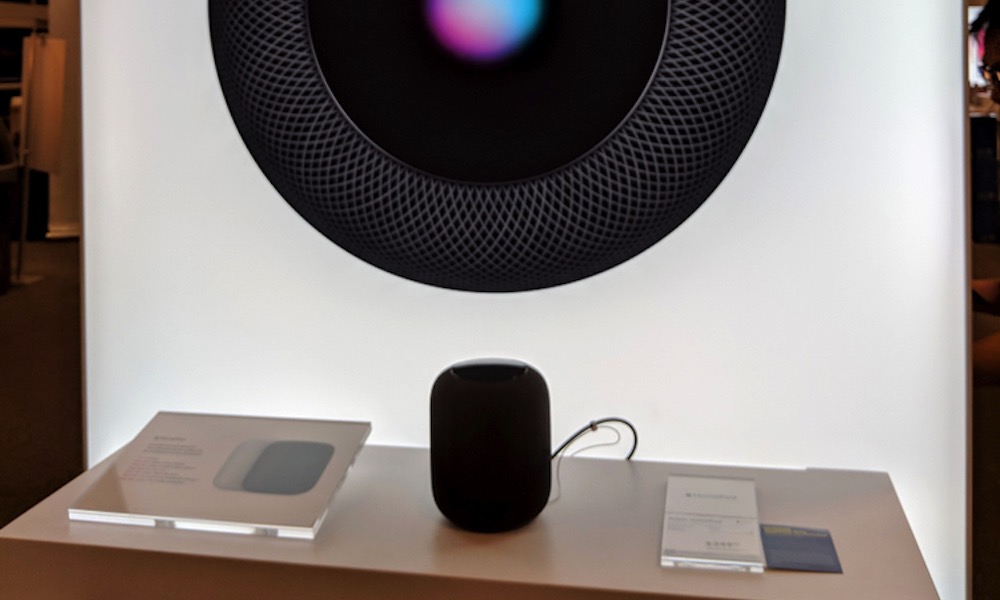5 Reasons to Consider Getting a HomePod (Before They’re All Gone)
 Howard Bouchevereau / Unsplash
Howard Bouchevereau / Unsplash
Like many Apple fans, the recent death of the full-sized HomePod caught us quite off guard. While there was no doubt that Apple’s original smart speaker had been getting long in the tooth — it was announced in 2017 and first went on sale in 2018 — we had expected the line to continue with a logical “HomePod 2” successor.
Instead, Apple just brought the original HomePod to an abrupt and seemingly final end. The announcement Apple made back in February left little room for doubt that it was over for the larger speaker, stating in no uncertain terms that it was focusing its efforts on the HomePod mini.
Of course, we can’t fault Apple’s logic here. The full-sized HomePod never took off the way that Apple hoped. It was a niche product that was in many ways the antithesis of the original iPhone — atypical for Apple’s approach to consumer products. Despite great sound quality, its higher price tag and limited utility outside the Apple ecosystem pretty much doomed the HomePod to be a bit player from the very beginning.
By contrast, the HomePod mini has been selling like hotcakes. Not only is it priced for the masses, but it packs in all the same features that most users care about, and unlike its older and larger sibling, it focuses on being a smart speaker first, and a great audio device second.
That said, while we absolutely think that the HomePod mini is a great device, we also think there are still some compelling reasons to opt for Apple’s original HomePod, and why you may still want to try to pick up one or two before they’re gone forever. Read on for 5 compelling reasons why the original HomePod is still a great choice.
It Produces Great Sound
We’re not going to mince words here. While the HomePod mini is a great speaker for its price, it’s still a $99 speaker. The HomePod mini has sound quality that punches above its weight class, in our opinion, but there’s no way it should be expected to hold its own against any of the more premium speakers on the market.
Arguably the HomePod’s biggest failing as a mainstream product was that Apple made it a premium speaker, but that’s a good thing for anybody who wants great, room-filling sound quality that’s tied tightly into the Apple ecosystem. Granted, that makes it a niche product — we can’t argue that you can get comparable sound quality from a wide range of other speaker makers, possibly with even more features — but it doesn’t change the fact that if you want the best-sounding HomePod, then the HomePod mini is not it.
While it’s a somewhat more pricey option, a pair of full-sized HomePods provides even more outstanding sound quality, since you can easily combine them into a single stereo speaker, offering an even more expansive soundstage that’s enhanced by all the amazing technology that Apple has packed into it.
In fact, if you’ve never heard a pair of original HomePods playing in stereo mode, you owe it to yourself to try to give it a listen if you still can.
However, even a single full-sized HomePod provides impressive sound, thanks to its ability to adjust its audio profile to the room, compensating for different kinds of acoustic surfaces to eliminate echo, excessive bass, and unwanted reverb. It’s arguably the smartest speaker ever made when it comes to audio, but so many of those “smarts” are things that you don’t really get to see, simply because it works like technology should, improving your experience quietly in the background rather than giving you dozens of different settings to monitor and tweak.
The original HomePod is to audio what the modern iPhone camera system is to taking photos.
You Can Use It to Build a Home Theatre
The recent discontinuation of the HomePod seemed especially odd when you consider that only a few months earlier Apple debuted a new tvOS feature for its set-top box designed exclusively for the full-sized HomePod — a new home theatre mode.
As Apple explains, this lets you use a HomePod — or even better, a stereo pair of HomePods — with your Apple TV 4K to create a Dolby Atmos surround sound experience.
In other words, you can toss out your big clunky AV receiver and wired speakers and just link up your Apple TV 4K to a HomePod. All the great sound engineering that Apple packed into its original smart speaker, including spatial audio support, will give you a sound stage like no other speaker system in its class — and all without the hassle of running wires to place a multi-channel speaker system around the room.
In fact, the Dolby Atmos sound stage provided by a pair of HomePods is so excellent that it doesn’t even matter all that much where you put them in the room. While you can certainly put a pair of HomePods right next to your TV if that’s your preference, they sound just as great to the sides or even behind you. The only catch is that if you are using a stereo pair, you’ll naturally want to make sure that they’re an equal distance from where you typically sit.
Note that you will need an Apple TV 4K to take advantage of this full Home Theatre setup, but it works just as well on the 2017 Apple TV 4K as it will on the new 2021 model. The original 2015 Apple TV HD isn’t supported, although you can still use one or more HomePods as normal speakers for that older model.
Of course, you can also pair one or two HomePod minis with your Apple TV, however these will just work as normal speakers; the Dolby Atmos home theatre experience only works with the original, full-sized HomePod.
It’s Still Being Updated and Supported
Just because Apple isn’t making the HomePod anymore doesn’t mean that it’s not going to be supported. In fact, Apple has promised to continue offering software updates, service, and support for the product’s normal lifespan.
This means that even if you buy a HomePod now (from whatever supplies remain at Apple stores and other retailers), you’ll still get the normal one-year warranty, and you can even still buy AppleCare+ along with it, extending your repair coverage for two years and providing two incidents of accidental damage every 12 months.
More importantly, however, it doesn’t look like Apple has any plans to stop updating the HomePod operating system either. The very fact that Home Theatre Audio was added last fall is probably the best example of that, but the recent 14.5 update that came out for the HomePod mini arrived for the original HomePod at the same time.
This means there’s no reason to believe that you’ll be left behind if you opt to pick up an original HomePod. Further, while it stands to reason that the updates may stop in a few years, much like they do for every Apple product, even then your HomePod will still continue to function just as well as it does today.
There’s No Replacement on the Horizon
One of the biggest surprises when Apple pulled the plug on the HomePod was that it had no replacement waiting in the wings. Instead, the company made it clear that all of its efforts were going to be focused on the smaller HomePod mini.
However, even if some assumed that Apple was being cagey to avoid tipping off a new product release, the fact that April’s event came and went with no mention of a HomePod suggests that if Apple ever plans to release a successor to the full-sized HomePod — and we think that’s a pretty huge “if” — it’s not going to be arriving any time soon.
So, if you’re waiting for a second-generation HomePod, you’re going to be waiting a long time. Some rumours before the event suggested Apple is working on a more advanced HomePod that could combine a screen or even form part of a more integrated Apple TV set-top box, but there’s every reason to believe this is still a way off, and it’s probably going to be an entirely unique device compared to the classic HomePod, with a design that will take it well beyond being just a speaker.
It’s also worth keeping in mind that Apple’s update cycles for these second-string product families are already long. It took four years for the Apple TV 4K to get an update, the HomePod mini came over 2.5 years after the original HomePod went on sale (and three years after it was announced). In these cases, new products always seemed to be just around the corner, and yet we always found ourselves waiting longer than we would have expected. There’s no reason to assume that any kind of next-generation HomePod is going to get here any sooner.
You Can Get Some Real Bargains
There’s no doubt that the HomePod was an expensive proposition. Even after Apple dropped the price two years ago, it was still more than many were willing to spend, leading to its role as one of the most frequently discounted Apple products in history. Until its discontinuation, you could almost always find it somewhere on sale for $50-$100 less than the normal price.
Now that it’s been discontinued and retailers are looking to get rid of all the old stock, however, you’ll likely find some even better deals if you shop around — especially if you’re not fussy about the colour of your HomePod. The Space Grey ones seem to be the most popular by far, however even Apple still has a reasonably good supply of white models in stock.
If you’re not too concerned about getting a new HomePod, you may also be able to find some good bargains by seeking out demo models. Again, as a discontinued product, many retailers will be eager to get rid of the “floor model” that they have on display, and of course, they can’t sell that for even close to full price. Further, unlike a demo MacBook or iPad, a HomePod kind of just sits there on display without too many people actually pawing at it, so chances are that a demo model will still be in excellent condition.





